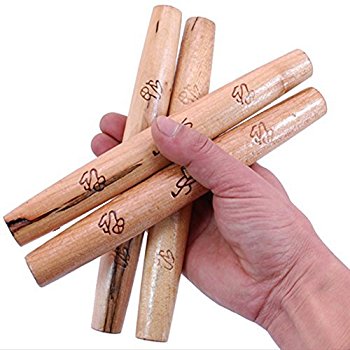One for sorrow,
Two for joy,
Three for a girl,
Four for a boy,
Five for silver,
Six for gold,
Seven for a secret,
Never to be told.
Eight for a wish,
Nine for a kiss,
Ten for a bird,
You must not miss.
This is the nursery rhyme we use when we are in the UK and we see a magpie. One of the UK’s superstitions is about the amount of magpies we see at one given time. Usually, in the UK, magpies can be seen in very small groups or alone. In Korea, however, Asian magpies tend to flock together in collective droves. This makes it impossible for those who follow the superstition of this song to know what kind of curse or blessing we will receive by this omen. Firstly, most people can only remember the first 4 lines to the song, and those who do know all the lyrics know that any more than ten, and there is no way to know what these amounts of Asian magpies will mean to us. At present I have no idea why magpies in Korea tend to come together in great numbers. Perhaps they are emulating the people of their adoptive nation. Koreans notoriously act collectively. And if they reflect the culture of the people of their nation, then the magpies of the UK also seem to emulate the British, in their independence and individualism.
If anyone doubts me about the behavior of the Asian magpie or pica pica serica, then venture to Namsan in central Seoul, or go to Asan city in Chungcheonnamdo. 


